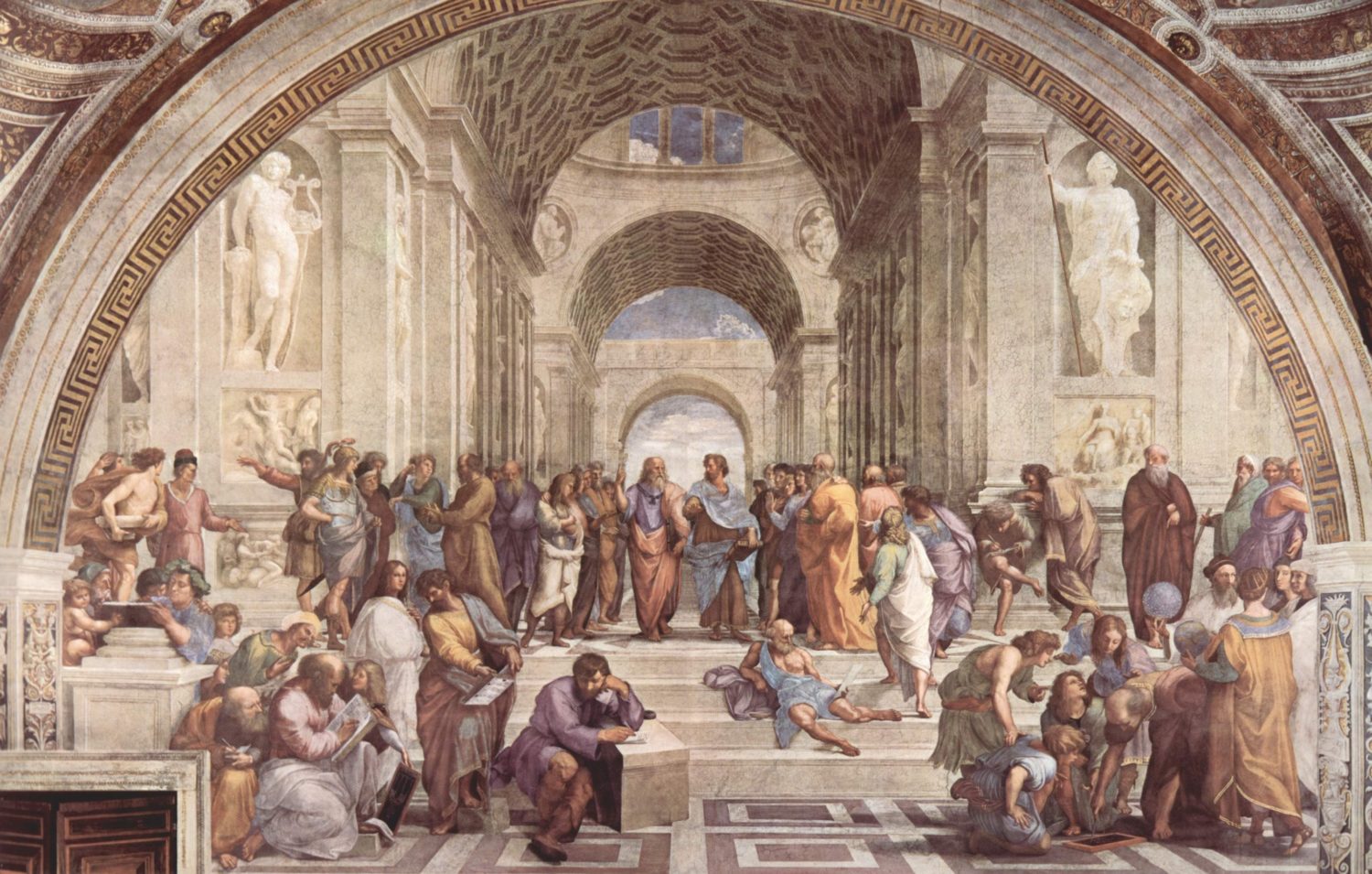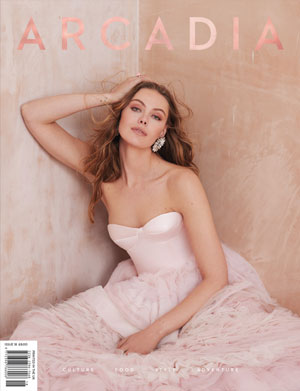
The art market was soaring at the end of 2022, as leading auction houses achieved record breaking revenues.
However, with the war in Ukraine moving into its second year and the World Bank warning against a global recession, 2023 may not look so optimistic as far as revenue is concerned.
Yet even if sales aren’t as high as hoped for, the new year promises to bring plenty of exciting changes in the global art community – including the following.
- Greater clarity on anti-laundering regulations
For participants in the art market who are unsure how to best navigate UK anti-money laundering (AML) legislation, 2023 looks promising.
As art law expert Sarah Barker of Withers LLP explains, updates to the BAMF guidance have given more clarity into and statutory obligations to conduct Customer Due Diligence.
- Increased price transparency
The art market has traditionally always had a reputation for obscuring price. This practice was largely a relic of bygone eras, in which the arts were supported by patrons for whom money was no object.
Yet since the pandemic forced the market to transition online, greater price transparency seems to be taking hold. Galleries such as Art Basel were among the first to post prices in their online viewing rooms, possibly ushering in a new era as they did so.
Moving towards a market in which all audiences are privy to this information is could take the art world into a more open and accessible future. All the same, there are some who worry that greater price transparency could erode the connoisseurship that has for a long time been such a characteristic part of the culture.
- The need for due diligence
Whenever there’s more money flowing into the art world, you can be sure that there are more criminals trying to take a slice of the pie.
According to art professionals, authenticity is the most threatening issue to the art market’s reputation. For buyers, it’s more essential than ever to know the history so as to ensure the pieces they’re purchasing are genuine.
Forms of due diligence that can be used to this end include investigating pieces in international databases, verifying the attribution of a work, or examining a work’s exhibition history documentation.
- The state of NFTs
Alongside the rest of the cryptocurrency ecosystem, the value of NFTs has plummeted dramatically from the heights reached earlier in the year – owing partially to a series of high-profile scandals that reached a frenzy with the implosion of FTX.
Formerly considered an accessible way for people to participate in the art market, NFTs are now known for being touted by celebrities and sold at auction houses for million-pound price tags – sharing the criticisms levied against the traditional art mediums.







